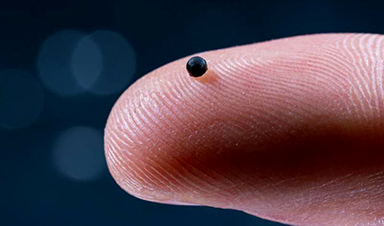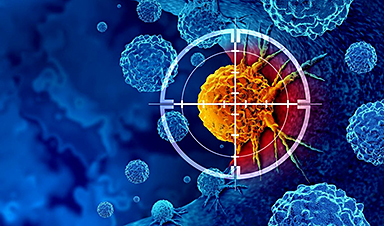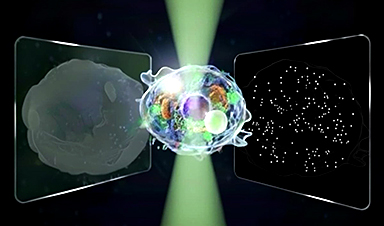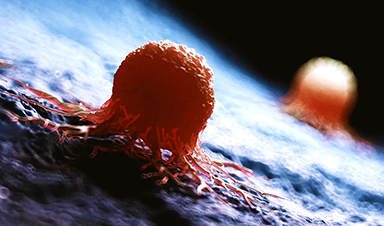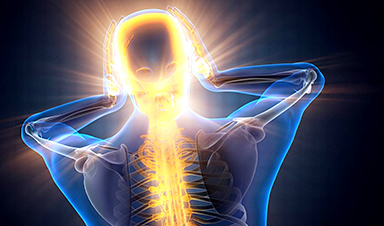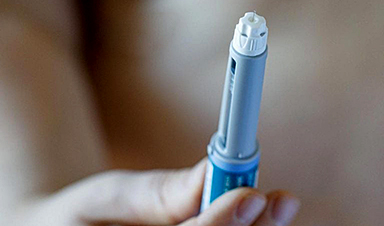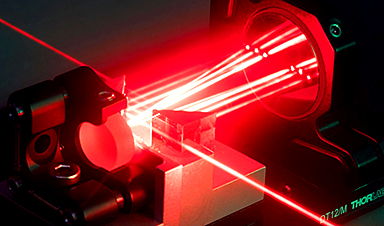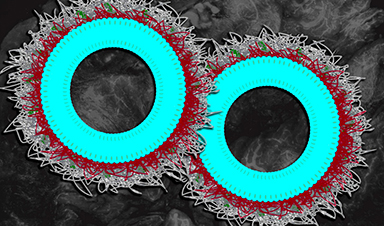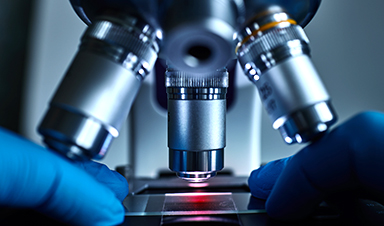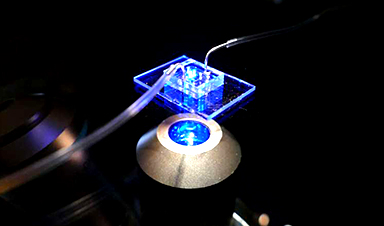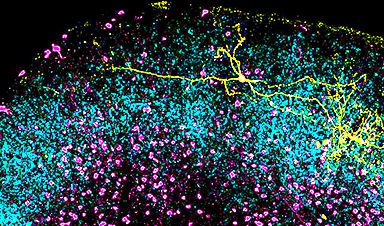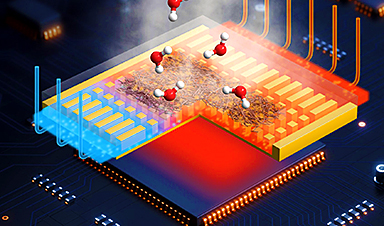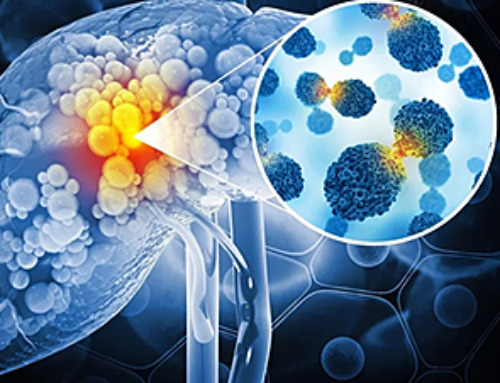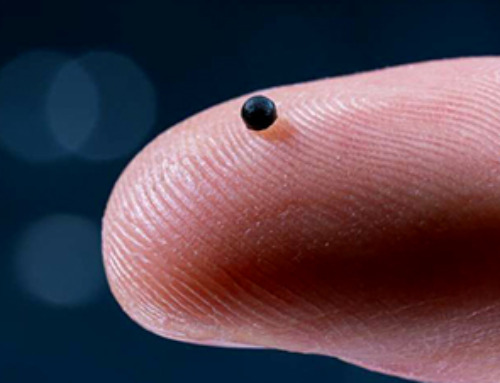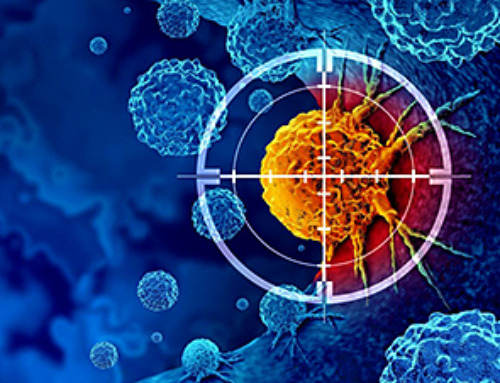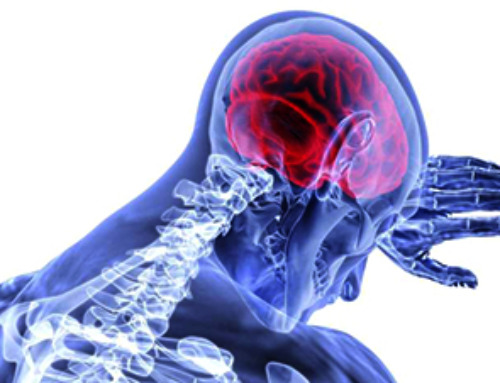Is our brain able to regenerate? And can we harness this regenerative potential during aging or in neurodegenerative conditions? These questions sparked intense controversy within the field of neuroscience for many years.
A new study from the Netherlands Institute for Neuroscience shows why there are conflicting results and proposes a roadmap on how to solve these issues.
The notion of exploiting the regenerative potential of the human brain in aging or neurological diseases represents a particularly attractive alternative to conventional strategies for enhancing or restoring brain function, especially given the current lack of effective therapeutic strategies in neurodegenerative disorders like Alzheimer’s disease.
The question of whether the human brain does possess the ability to regenerate or not has been at the center of a fierce scientific debate for many years and recent studies yielded conflicting results.
A new study from Giorgia Tosoni and Dilara Ayyildiz, under the supervision of Evgenia Salta in the laboratory of Neurogenesis and Neurodegeneration, critically discusses and re-analyzes previously published datasets. How is it possible that we haven’t yet found a clear answer to this mystery?
Previous studies in which dividing cells were labeled in postmortem human brain, showed that new cells can indeed arise throughout adulthood in the hippocampus of our brain, a structure that plays an important role in learning and memory, and is also severely affected in Alzheimer’s disease.
However, other studies contradict these results and cannot detect the generation of new brain cells in this area. Both conceptual and methodological confounders have likely contributed to these seemingly opposing observations. Hence, elucidating the extent of regeneration in the human brain remains a challenge.
New state-of-the-art technologies
Recent advances in single-cell transcriptomics technologies have provided valuable insights into the different cell types found in human brains from deceased donors with different brain diseases.
To date, single-cell transcriptomic technologies have been used to characterize rare cell populations in the human brain. In addition to identifying specific cell types, single-nucleus RNA sequencing can also explore specific gene expression profiles to unravel full the complexity of the cells in the hippocampus.
The advent of single-cell transcriptomics technologies was initially viewed as a panacea to resolving the controversy in the field. However, recent single-cell RNA sequencing studies in human hippocampus yielded conflicting results.
Two studies indeed identified neural stem cells, while a third study failed to detect any neurogenic populations. Are these novel approaches – once again – failing to finally settle the controversy regarding the existence of hippocampal regeneration in humans? Will we eventually be able to overcome the conceptual and technical challenges and reconcile these -seemingly- opposing views and findings?
Technical issues
In this study, the researchers critically discussed and re-analyzed previously published single-cell transcriptomics datasets. They caution that the design, analysis and interpretation of these studies in the adult human hippocampus can be confounded by specific issues, which ask for conceptual, methodological and computational adjustments.
By re-analyzing previously published datasets, a series of specific challenges were probed that require particular attention and would greatly profit from an open discussion in the field.
Giorgia Tosoni: ‘We analyzed previously published single-cell transcriptomic studies and performed a meta-analysis to assess whether adult neurogenic populations can reliably be identified across different species, especially when comparing mice and humans.
‘The neurogenic process in adult mice is very well characterized and the profiles of the different cellular populations involved are known. These are actually the same molecular and cellular signatures that have been widely used in the field to also identify neurogenic cells in the human brain.
‘However, due to several evolutionary adaptations, we would expect the neurogenesis between mice and humans to be different. We checked the markers for every neurogenic cell type and looked at the amount of marker overlap between the two species.’
‘We found very little, if no, overlap between the two, which suggests that the mouse-inferred markers we have been long using may not be suitable for the human brain. We also discovered that such studies require enough statistical power: if regeneration of neuronal cells does happen in the adult human brain, we expect it to be quite rare. Therefore, enough cells would need to be sequenced in order to identify those scarce, presumably neurogenic populations.
“Other parameters are also important, for example the quality of the samples. The interval between the death of the donor and the downstream processing is critical, since the quality of the tissue and of the resulting data drops over time.’
Reproducibility is key
Dilara Ayyildiz: ‘These novel technologies, when appropriately applied, offer a unique opportunity to map hippocampal regeneration in the human brain and explore which cell types and states may be possibly most amenable to therapeutic interventions in aging, neurodegenerative and neuropsychiatric diseases. However, reproducibility and consistency are key.
While doing the analysis we realized that some seemingly small, but otherwise very critical details and parameters in the experimental and computational pipeline, can have a big impact on the results, and hence affect the interpretation of the data.’
‘Accurate reporting is essential for making these single-cell transcriptomics experiments and their analysis reproducible. Once we re-analyzed these previous studies applying common computational pipelines and criteria, we realized that the apparent controversy in the field may in reality be misleading: with our work we propose that there may actually be more that we agree on than previously believed.’
News
Vision can be rebooted in adults with amblyopia, study suggests
Temporarily anesthetizing the retina briefly reverts the activity of the visual system to that observed in early development and enables growth of responses to the amblyopic eye, new research shows. In the common vision [...]
Ultrasound-activated Nanoparticles Kill Liver Cancer and Activate Immune System
A new ultrasound-guided nanotherapy wipes out liver tumors while training the immune system to keep them from coming back. The study, published in Nano Today, introduces a biodegradable nanoparticle system that combines sonodynamic therapy and cell [...]
Magnetic nanoparticles that successfully navigate complex blood vessels may be ready for clinical trials
Every year, 12 million people worldwide suffer a stroke; many die or are permanently impaired. Currently, drugs are administered to dissolve the thrombus that blocks the blood vessel. These drugs spread throughout the entire [...]
Reviving Exhausted T Cells Sparks Powerful Cancer Tumor Elimination
Scientists have discovered how tumors secretly drain the energy from T cells—the immune system’s main cancer fighters—and how blocking that process can bring them back to life. The team found that cancer cells use [...]
Very low LDL-cholesterol correlates to fewer heart problems after stroke
Brigham and Women's Hospital's TIMI Study Group reports that in patients with prior ischemic stroke, very low achieved LDL-cholesterol correlated with fewer major adverse cardiovascular events and fewer recurrent strokes, without an apparent increase [...]
“Great Unified Microscope” Reveals Hidden Micro and Nano Worlds Inside Living Cells
University of Tokyo researchers have created a powerful new microscope that captures both forward- and back-scattered light at once, letting scientists see everything from large cell structures to tiny nanoscale particles in a single shot. Researchers [...]
Breakthrough Alzheimer’s Drug Has a Hidden Problem
Researchers in Japan found that although the Alzheimer’s drug lecanemab successfully removes amyloid plaques from the brain, it does not restore the brain’s waste-clearing system within the first few months of treatment. The study suggests that [...]
Concerning New Research Reveals Colon Cancer Is Skyrocketing in Adults Under 50
Colorectal cancer is striking younger adults at alarming rates, driven by lifestyle and genetic factors. Colorectal cancer (CRC) develops when abnormal cells grow uncontrollably in the colon or rectum, forming tumors that can eventually [...]
Scientists Discover a Natural, Non-Addictive Way To Block Pain That Could Replace Opioids
Scientists have discovered that the body can naturally dull pain through its own localized “benzodiazepine-like” peptides. A groundbreaking study led by a University of Leeds scientist has unveiled new insights into how the body manages pain, [...]
GLP-1 Drugs Like Ozempic Work, but New Research Reveals a Major Catch
Three new Cochrane reviews find evidence that GLP-1 drugs lead to clinically meaningful weight loss, though industry-funded studies raise concerns. Three new reviews from Cochrane have found that GLP-1 medications can lead to significant [...]
How a Palm-Sized Laser Could Change Medicine and Manufacturing
Researchers have developed an innovative and versatile system designed for a new generation of short-pulse lasers. Lasers that produce extremely short bursts of light are known for their remarkable precision, making them indispensable tools [...]
New nanoparticles stimulate the immune system to attack ovarian tumors
Cancer immunotherapy, which uses drugs that stimulate the body’s immune cells to attack tumors, is a promising approach to treating many types of cancer. However, it doesn’t work well for some tumors, including ovarian [...]
New Drug Kills Cancer 20,000x More Effectively With No Detectable Side Effects
By restructuring a common chemotherapy drug, scientists increased its potency by 20,000 times. In a significant step forward for cancer therapy, researchers at Northwestern University have redesigned the molecular structure of a well-known chemotherapy drug, greatly [...]
Lipid nanoparticles discovered that can deliver mRNA directly into heart muscle cells
Cardiovascular disease continues to be the leading cause of death worldwide. But advances in heart-failure therapeutics have stalled, largely due to the difficulty of delivering treatments at the cellular level. Now, a UC Berkeley-led [...]
The basic mechanisms of visual attention emerged over 500 million years ago, study suggests
The brain does not need its sophisticated cortex to interpret the visual world. A new study published in PLOS Biology demonstrates that a much older structure, the superior colliculus, contains the necessary circuitry to perform the [...]
AI Is Overheating. This New Technology Could Be the Fix
Engineers have developed a passive evaporative cooling membrane that dramatically improves heat removal for electronics and data centers Engineers at the University of California San Diego have created an innovative cooling system designed to greatly enhance [...]



